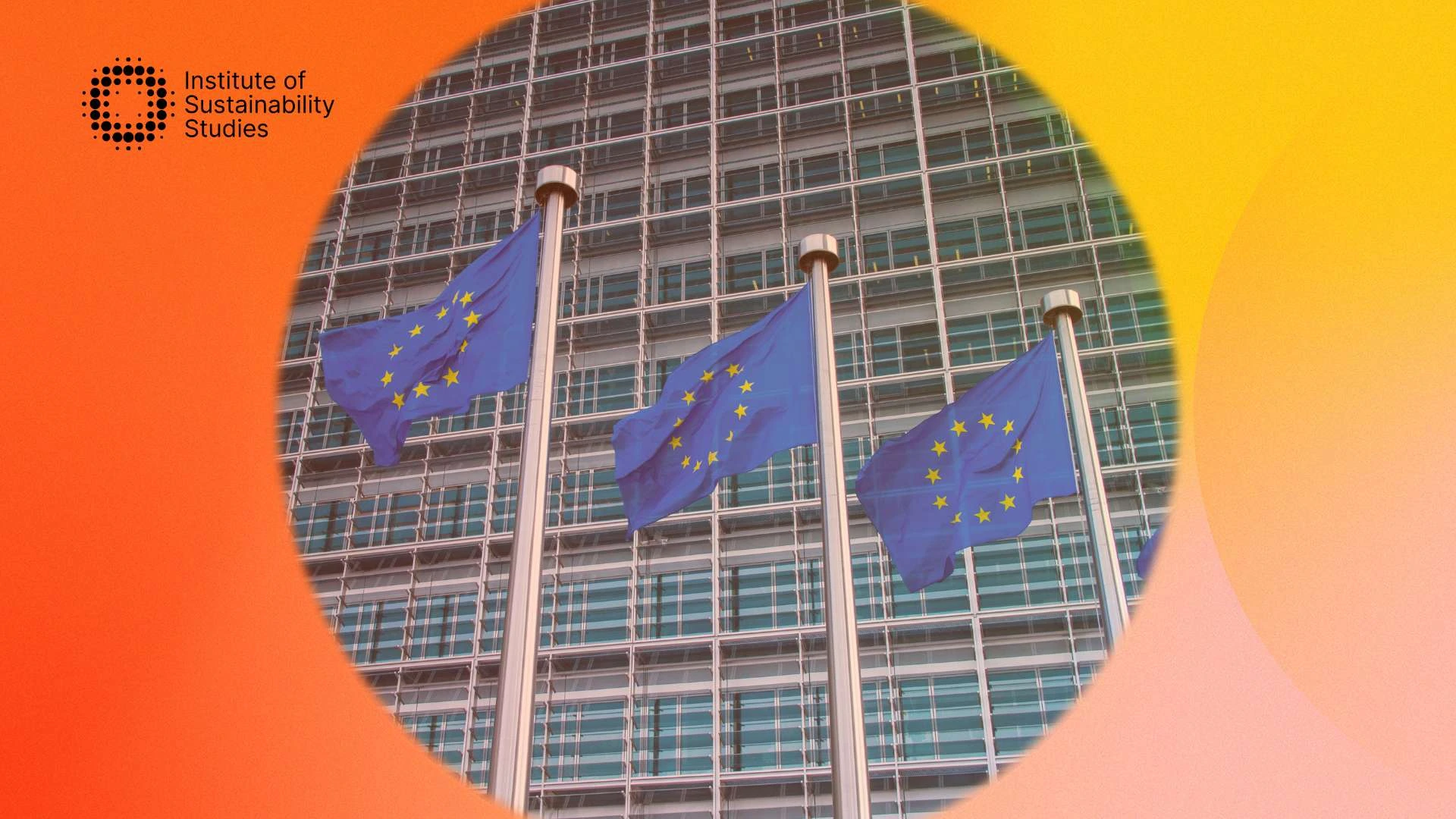Water is not only essential for life on Earth but for everything in our society. Currently, many people live in areas of extremely high or high water vulnerability. This means water scarcity is one of the biggest worldwide challenges to both sustainable and economic development.
It hinders the secure provision of energy and food and is ultimately connected to climate change. If we continue the way we are currently going, as many as 5 billion people could be impacted by chronic shortages of fresh water by 2050. Keep reading as we delve into water scarcity and how it links to business sustainability.
Water scarcity definition; What is water scarcity?
Water scarcity refers to a lack of freshwater resources to meet standard water demand. It can be broken up into economic water scarcity and physical water scarcity. Water can become scarce for a variety of different reasons. Some of these include the demand for water exceeding the current supply, institutions failing to balance everyone’s needs, or water infrastructure not being adequate.
It is a rising problem on all continents, with poorer areas most badly affected. Water is a finite resource and one that is only growing in demand. As our worldwide population increases and resource-intensive economic development continues, a lot of countries’ water infrastructure and resources are struggling to meet this accelerating demand. Climate change is also accelerating water scarcity.
Why we need to address water scarcity globally
The issue of water scarcity is a very real one, and it is being felt all across the globe. According to the UN, 733 million live in critically and highly water-stressed countries. Moreover, 1.42 billion people, which includes 450 million children, live in high or extremely high water vulnerability.
Not only that but nearly two-thirds of the global population experiences water scarcity during at least one month of the year. We are not doing our best to manage water and ensure everyone has access to clean water. Failure to provide this is negatively affecting people’s health and livelihoods.
Beyond people and communities, the issue of water scarcity threatens the planet. Extreme weather events like droughts are only becoming more common. These unfortunate events affect the freshwater supply. In other words, these changes make less water available for things like energy generation, cities, agriculture, and ecosystems across the globe to thrive.
Water is at the centre of social and economic development; it is essential to grow food, maintain health, create jobs, and manage the environment. This is why the worldwide water scarcity challenge is reflected in the Sustainable Development Goals (SDGs). The goal of water and sanitation proposes that by 2030 we must drive equitable and universal access to safe and affordable drinking water for all.
How businesses can address water scarcity
With all of the above in mind, everyone must work to curb their water footprint. This footprint measures wastewater generated and volume of clean water and can help businesses better manage their water use. Below are some ways businesses can address water scarcity and reduce their water footprint.
Look at your supply chain
Businesses around the world can help to minimise water stress by assessing their supply chain. They should use their influence to make sure their suppliers and their suppliers’ suppliers are equally rigorous concerning their contributions to the water crisis. There are several key levers you should focus on. These include setting supplier standards, sending water-expert teams to help your main suppliers identify and adopt efficient water usage solutions, and curbing energy use and shifting to renewables.
For example, Nike successfully implemented a water-supplier initiative whereby teams collaborated with the company’s biggest materials suppliers and others to drive good water initiatives. They did this by offering their expertise to help suppliers tackle their water footprint too. The Minimum Water Programme was a major success, allowing Nike to achieve its initial goal of curbing fresh water used in textile dying by 20 percent. What’s more, they achieved this goal 18 months ahead of their pre-planned schedule.
Implement water measurement, reporting practices and water stewardship initiatives
Another way enterprises can curb water stress is by adopting water measurement and reporting practices as well as water stewardship initiatives. Water stewardship refers to the responsible planning and management of water. Measurement and reporting practices could include water use in relevant company key performance indicators (KPIs). Companies can aggressively determine and remove water leaks in their operations and introduce new and innovative technologies to combat the water crisis.
For example, Colgate-Palmolive partnered with a water technology business to achieve its environmental goals for a water-scarce basin in Mexico. Its process needs a great amount of water to ensure proper sanitation for the deodorant, soap, and toothpaste products created. The new solutions achieved excellent results, being able to curb the plant’s water use by 1.8 million gallons per year. Simultaneously, it minimised the amount of time needed for critical tasks like sanitising and cleaning.
Promote water resilience
Businesses around the world can also fight the worldwide water crisis by promoting water resilience. For instance, during the United Nations’ 2012 Conference on Sustainable Development, 45 of the world’s biggest companies came together to call on governments to adopt sensible water policies. Some of these companies included Nestlé, Merck, and Coca-Cola.
They came together and signed a special communiqué asking governments to raise the price of water to an appropriate and fairer price. Those companies who signed the special communiqué were dedicated to ongoing lobbying to support water-positive policies. One of these included a fair market price for water. Without price increases, water users cannot have feedback mechanisms that incentivise the development of new technologies and conservation to cut usage.
Summary
Just as climate change is a time-sensitive, vast global challenge, so is the worldwide water crisis. The impacts of water scarcity on the planet, people, and businesses are connected. Securing an adequate supply of fresh water despite the negative impacts of the environmental crisis is one of the most urgent challenges our world needs to address.
Economic activity cannot grow if people do not have access to water that is both affordable and safe. Businesses have a significant role to play in addressing water scarcity and there are many ways they can ease water stress. Ultimately, taking action on climate change and the water crisis can bring about competitive and commercial benefits to the business sector and communities.
Dedicated to harnessing the power of storytelling to raise awareness, demystify, and drive behavioural change, Bronagh works as the Communications & Content Manager at the Institute of Sustainability Studies. Alongside her work with ISS, Bronagh contributes articles to several news media publications on sustainability and mental health.
- Bronagh Loughlinhttps://instituteofsustainabilitystudies.com/insights/author/bronagh/
- Bronagh Loughlinhttps://instituteofsustainabilitystudies.com/insights/author/bronagh/
- Bronagh Loughlinhttps://instituteofsustainabilitystudies.com/insights/author/bronagh/
- Bronagh Loughlinhttps://instituteofsustainabilitystudies.com/insights/author/bronagh/










